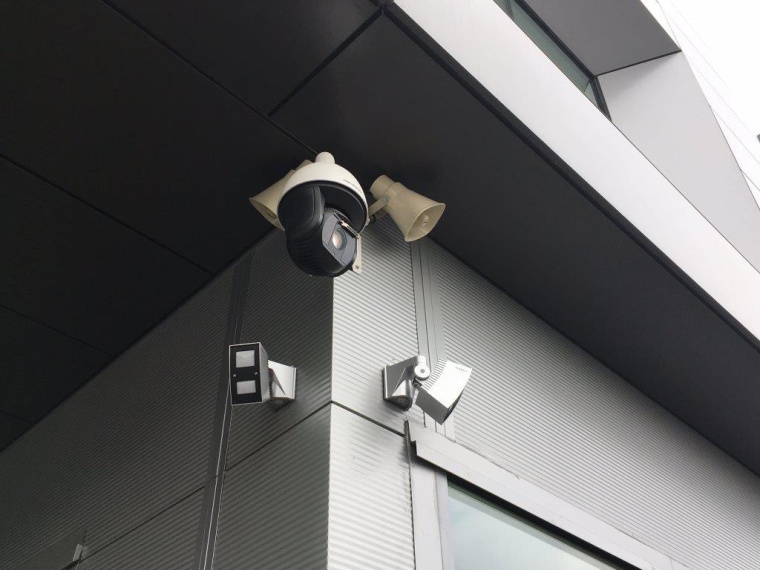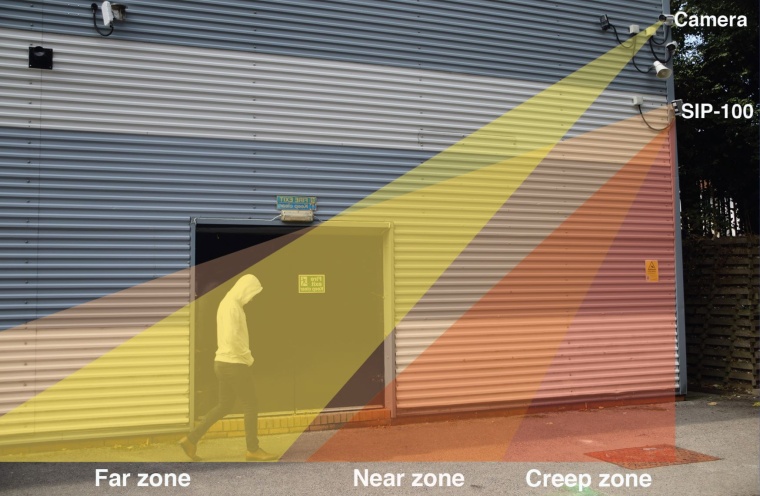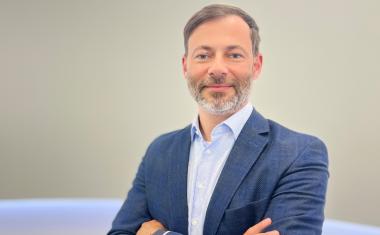Why sensor-led visual verification makes sense



Visual verification is becoming a ‘must’ throughout the security industry. While it is evident that cameras are essential to verify any intrusion alarm, the question is does it make the sensor redundant? Can the detection, lighting and visualisation be achieved by a single piece of equipment, and specifically the camera?
As much as camera technology and video algorithms have evolved, there is still both a risk and limitation in using a single technology to do everything. This is corroborated by leading cameras manufacturers investing in or acquiring sensor technologies as they understand the value of using a variety of technologies.
Detection in difficult lighting conditions
One of the benefits of modern sensor-led detection installations is that they don’t need light to perform. The same cannot be said for cameras.
Despite huge progress made with low-light cameras and video analytics, camera manufacturers themselves warn against limitation of detecting motion in badly illuminated areas on the scene, flicking lights, moving shadows etc.
In an outdoor environment where lighting conditions are constantly changing, using physical sensors being a PIR, Active infrared, LiDAR, Radar or fibre optics device, will considerably reduce the risk of a false alarm or missed detection.
Detection speed
In simple terms, the more a device has to multitask the more time it takes to process a response .
Even for cameras with modern processors, the whole video image processing affects the speed and reliability of detection and some detection can be missed, which is a worse scenario than having a nuisance alarm.
Sensing technologies like the ones implemented in OPTEX sensors, are using algorithms to process data and eliminate noise but without using any predictive elements which are sometimes used in cameras to reduce the processing time. This eliminates the risks associated with guess work and improves reliability.
Detection range
Detection range is a key element of system design as it determines the different alarm zones from pre-warning to critical. The reliability of the system depends on the accuracy and consistency of detection throughout the day and weather conditions. If a detection range has been specified at 30m, it is critical to provide reliable detection at any point within the 30m.
Good standard detection sensors should provide this consistency whereas it is more difficult to achieve with cameras.
Video devices will use depth of field and define how many pixels an object has within the range specified. Not all cameras have the ability to be configured to variable object size depending on distance Also, the depth of field can be shortened by decreasing light intensity, cameras might not see as far at dusk as during daytime,
Benefits of sensor-led visual verification
The residential and light commercial markets are typically using mid- to low-range cameras, which will be more likely to trigger false alarms, especially if used in an outdoor environment. By adding a reliable outdoor sensor as a trigger to the camera, the level of nuisance alarms will drop dramatically.
For commercial and higher security sites, not missing alarms is crucial, as well as keeping nuisance alarms as low as possible. Avoiding single points of failure and disruption caused by constantly having to reconfigure the systems to adapt to changing environments are also important factors that need to be assessed.
Using high-accuracy sensors together with good quality cameras managed by a high-performance video management system will give the best of breed to the end-users.
In the last few years OPTEX has worked in close cooperation with video manufacturers and has seen the true value of bringing the two technologies together. It is now time that installers realised the benefits that such cooperation can bring to their business and their customers.
Business Partner
OPTEX SECURITY B.V. (EU office)Mercuriusplein 1, Pharos Frame offices – 1st floor
2132 HA Hoofddorp
Netherlands
most read

Airbus Defence and Space: Security as a strategic pillar of Europe's defense capability
Airbus Defence and Space protects sites, technologies and employees with modern security and cyber solutions - strengthening Europe's resilience in uncertain times

Dormakaba: Smart Access with Spatial Experience
Smart Access at The Henderson Enabled by dormakaba Access Solutions

VIP-Lounge Interview: Marco Mille, Global Head of Security, Siemens AG
VIP in the World of Security: Marco Mille, Global Head of Security at Siemens AG


Assa Abloy's battery-powered Aperio KL100 secures lockers
Boost workplace security and operational flexibility by securing more than just doors.








